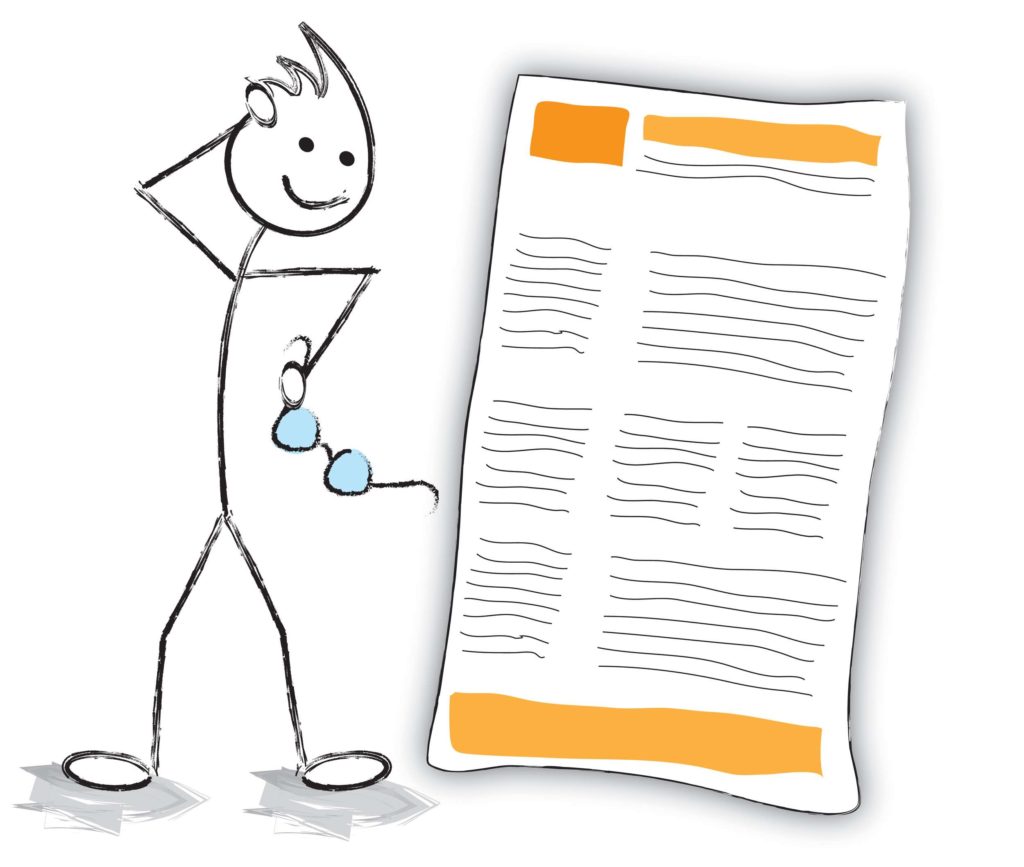In modern digital life, unilateral contracts (e.g. terms of service) play a substantial role. Few users, however, read these documents before accepting the terms within. Even “sophisticated” consumers that might be held to higher legal standards—including prominent law professors, consumer law academics, and the Chief Justice of the United States Supreme Court do not read such contracts (Benoliel & Becker 2019). The generally accepted reason for this behavior is that many legal documents (not just these unilateral contracts) are too long and the language too complicated (see e.g., (Williams 2011)). Several empirical studies also confirm that these click through unilateral contracts are generally unreadable with an average reading level corresponding to the usual score of academic articles rather than material targeted at the general public (Benoliel & Becker 2019). The duty to read doctrine of US contract law holds contracting parties responsible for the written terms of their contracts, whether or not they actually read them. The challenge here lies in how to increase meaningful consumer engagement with these terms of service.

Shriver reviewed the literature of the movement towards plain language in US business and government between 1940 and 2015, identifying a corpus or more than 100 documents (Shriver 2017). This review indicated that the plain language movement evolved over this 75year period from a narrow, sentence-based, focus on readability to a broader whole-text approach focused on usability and accessibility of the whole text (whether in paper or electronic form), and whether people trusted the content. Comprehensibility has more aspects than linguistic or stylistic (Zodi 2019). In this context, usability often refers to whether the reader is able to extract and use information from the legal document in some other context, but certainly should include the notion of using that information to make an informed decision to accept or reject a contract. Plain language is not a substitute for consumer engagement, but it may be a prerequisite.
Unilateral contracts exist where one party has significantly more market power than the other such that no contract negotiation takes place. Advocates of unilateral contracts may argue that contract negotiation is point of economic friction that slows economic activity; and should be eliminated. Absent direct competition, counter-party market forces alone seem insufficient to discipline the drafters of these contracts. Some states have enacted plain language statutes, but these are generally of limited scope and lack objective criteria for readability. Consumer contracts and consumer notices are required to be expressed in plain and intelligible language under the Consumer Rights Act of 2015. Determining whether a contract is expressed in plain and intelligible language involves resource intensive work by regulators and difficult adjudications by courts. The technology of natural language processing and text analysis have improved markedly in recent years. A variety of reading scores derived through such analyses are now readily achievable through computerized analysis of these texts. Identification and selection of specific metrics, and standardization of acceptable performance benchmarks remain undone. While reading scores may play a role, further work is needed to reduce these to tools of everyday practice (Conklin et. al. 2019). Automated summarization of legal texts (as opposed to re-writing) has also been proposed to aid comprehensibility, but the current state of this technology does not appear adequate (Manor & Li 2019). Increased consumer engagement with the terms of service may increase the economic friction of the transaction, but from a public policy perspective, this should be balanced with the public good of improved consumer awareness of the contracts they are engaging in.
As Zodi notes, the readability and grammar are insufficient to explain the incomprehensibility of legal texts (Zodi 2019). Improving the plain language of the texts may have some benefits from reducing skipped sections, repeated readings or reading abandonment compared to unimproved legal texts. It does not, however, seem to resolve the general tendency to skim through or read only parts of terms and conditions (Rosetti et.al. 2020). The length of terms and conditions may have some impact on readability scores and the motivation of users to avoid reading them. One approach to increase user engagement with the terms and conditions would be to increase the number of clicks required in proportion to the length of the terms and conditions. The intuition here being that longer documents may be more likely to have significant clauses worthy of consumer attention and consideration. Such an approach also creates some incentives for the developers of these unilateral contracts to reduce their length in order to reduce the economic friction from some number of clicks. Contract length is, of course, a crude metric; but this simplicity enables easier mechanical reduction to practice. More sophisticated approaches are certainly possible based on the semantics of the terms of the service contract. For example, the terms of service could be segregated into some chunks that are more meaningful or impactful to the consumer e.g. those terms that impact or constrain the options available to the consumer vs the service provider. Such approaches are currently less tractable for automated chunking of the contract text, but that may change with improvements in technologies like natural language processing and text analytics.
References
Benoliel, U., & Becher, S. I. (2019). The duty to read the unreadable. BCL Rev., 60, 2255.
Williams, C. (2011). Legal English and Plain language: an update. ESP Across Cultures, 8, 139-151.
Schriver, K. A. (2017). Plain language in the US gains momentum: 1940–2015. Ieee transactions on professional communication, 60(4), 343-383.
Ződi, Z. (2019). The limits of plain legal language: understanding the comprehensible style in law. International Journal of Law in Context, 15(3), 246-262.
Conklin, K., Hyde, R., & Parente, F. (2019). Assessing plain and intelligible language in the Consumer Rights Act: a role for reading scores?. Legal Studies.
Manor, L., & Li, J. J. (2019). Plain english summarization of contracts. arXiv preprint arXiv:1906.00424.
Rossetti, A., Cadwell, P., & O’Brien, S. (2020). ” The terms and conditions came back to bite”: plain language and online financial content for older adults. Available online at: http://doras.dcu.ie/24532/
